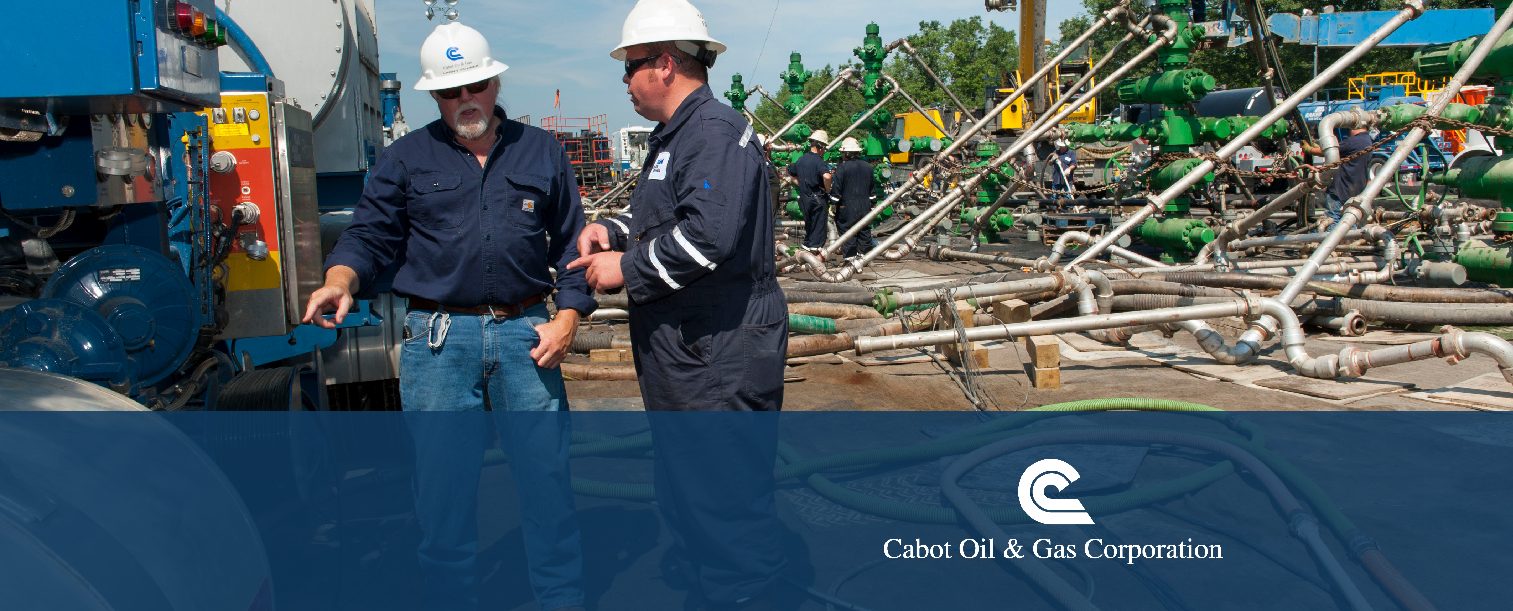[vc_row animation=””][vc_column width=”1/1″][vc_column_text]In March of 1961 Cabot announced its plans to open a carbon black plant in Campana, Argentina. Campana is located 40 miles northwest of Buenos Aires on the bank of the Rio Parana de las Palmas. In the March 1961 issue of The Flame there was a special feature explaining the location of the new plant along with a general description of the country.
[/vc_column_text][/vc_column][/vc_row][vc_row animation=””][vc_column width=”1/1″][vc_custom_heading text=”” font_container=”tag:h3|font_size:30px|text_align:left|line_height:32px” google_fonts=”font_family:PT%20Sans%3Aregular%2Citalic%2C700%2C700italic|font_style:400%20regular%3A400%3Anormal”][/vc_column][/vc_row][vc_row animation=””][vc_column width=”1/1″][vc_column_text]
Argentina is the second largest country in South America. As large as Texas and Alaska combined, Argentina is as long from north to south as the United States is from east to west.
[/vc_column_text][/vc_column][/vc_row][vc_row animation=””][vc_column width=”1/1″][vc_column_text]In 1961 the Argentinian population was somewhere around 20 million, with around 7 million of those citizens living in Buenos Aires. Since 1961 the national population has doubled to around 42 million people.
[/vc_column_text][/vc_column][/vc_row][vc_row animation=””][vc_column width=”1/1″][vc_column_text]At the time of Cabot’s Argentina endeavor, Argentina’s biggest exports were mainly agricultural, mainly corn and beef. Today, their exports still include corn but mostly soy derivatives, wheat, vehicles and petroleum and gas.
[/vc_column_text][/vc_column][/vc_row][vc_row animation=””][vc_column width=”1/1″][vc_custom_heading text=”Buenos Aires” font_container=”tag:h3|font_size:30px|text_align:left|line_height:32px” google_fonts=”font_family:PT%20Sans%3Aregular%2Citalic%2C700%2C700italic|font_style:400%20regular%3A400%3Anormal”][/vc_column][/vc_row][vc_row animation=””][vc_column width=”1/1″][vc_single_image css_animation=”” image=”6744″ border_color=”” img_link_large=”” link=”https://wellsaidcabot.com/wp-content/uploads/2014/07/argentina-1.jpg” img_link_target=”_self” img_size=””][/vc_column][/vc_row][vc_row animation=””][vc_column width=”1/1″][vc_column_text]
[/vc_column_text][/vc_column][/vc_row][vc_row animation=””][vc_column width=”1/1″][vc_column_text]Campana was the perfect choice because its proximity to the Rio Parana de las Palmas which is deep enough for large sea vessels and runs directly into the Rio de la Plata, which is the body of water between Argentina and Uruguay. The port of Buenos Aires is on the Rio de la Plata and from there Cabot had access to shipping and trading infrastructure.
[/vc_column_text][/vc_column][/vc_row][vc_row animation=””][vc_column width=”1/1″][vc_custom_heading text=”Economic Landscape” font_container=”tag:h3|font_size:30px|text_align:left|line_height:32px” google_fonts=”font_family:PT%20Sans%3Aregular%2Citalic%2C700%2C700italic|font_style:400%20regular%3A400%3Anormal”][/vc_column][/vc_row][vc_row animation=””][vc_column width=”1/1″][vc_column_text]
Today, the automobile industry makes up 9% of Argentina’s industrial gross production value but in 1961 cars were a rarity in South America, less than one for every 20 people. However that was starting to change as more and more U.S. companies were moving production to South America. Economic expansion was taking hold in previously rural areas and the demand for automobiles was on the rise. In an effort to get ahead of the game Cabot planned to be one of the major carbon black producers in South America with their plant in Campana. This new plant would allow Cabot to forgo the shipping costs from the U.S. to South America and sell a more local and thus cheaper product.
[/vc_column_text][/vc_column][/vc_row][vc_row animation=””][vc_column width=”1/1″][vc_separator color=”grey” align=”align_center”][/vc_column][/vc_row]


